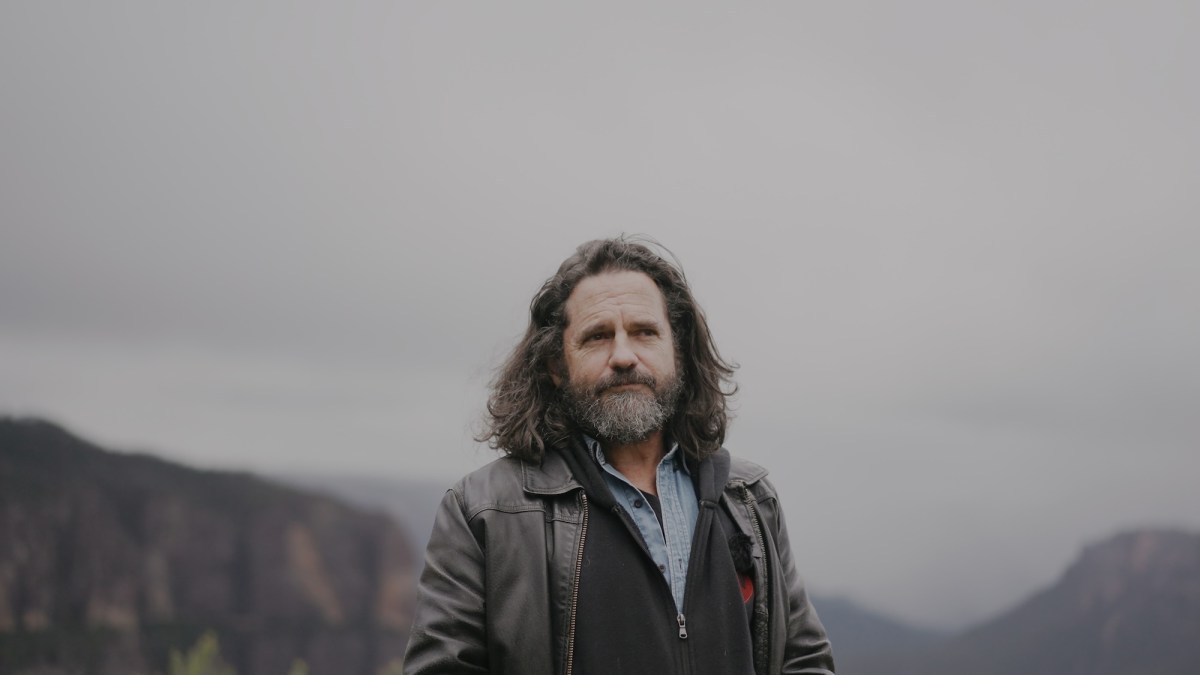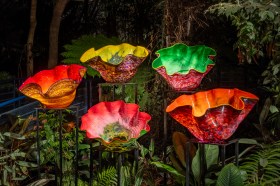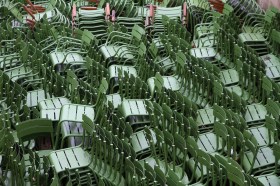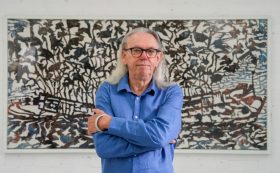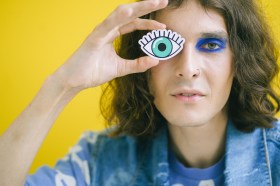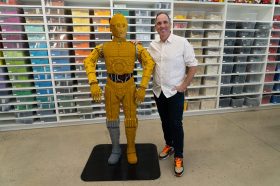Artists are disruptors. We have heard it many times, but what does the term really mean in practice?
The Blue Mountains Cultural Centre (BMCC) unpacks what it is to be a disruptor across the practice of 15 local artists in the groundbreaking eco art exhibition and YouTube interview series, Disruptor: for all that matters.
Artist-led, the project aims to encourage viewers to be the change they want to see in their own backyard.
Participating artist Ann Niddrie explains: ‘It’s time to step into being our own everyday activist, so that our collective efforts can make an accumulative impact. It’s not facts or art alone that change the world. It is whether people respond to the facts or art and what they then do about it.’
Niddrie has created an artwork that combines digital imagery, watercolour, repurposed objects and reconstituted weeds to draw attention to the loss of natural Australian ecosystems, when they are overrun by weeds fed on phosphorus-rich backyard and stormwater run-off. She looks at the hanging swamp surrounding the popular walking tail, the Centennial Pass in Blackheath.
Similarly, artist Jon Flood turns to the hanging swamp at Wentworth Falls Lake for his performative sound work, Swamp Song #2, which is an audio collage of field recordings that interweave man-made sounds with incidental sounds from nature.
‘Harmonious textures are met with moments of discord, suggesting the delicate balance of our natural systems and the increasing pressures being imposed on these systems by climate change,’ is the gallery’s description of Flood’s work.
Blue Mountains artists and co-curators, Freedom Wilson and Justin Morrissey, asked each exhibiting artist to reflect on their own coexistence with this celebrated landscape, and the triggers for its changing habitats.
Morrissey and Wilson want to probe what it is ‘we need to do culturally, as a society, to disrupt and mitigate the negative effects of climate change’.
Taking that macro lens of climate change, the project hones down those environmental concerns to the locally specific. With personal storytelling through a series of video interviews with the artists, it deepens our connection with the kind of rupture occurring with this ecologically significant Blue Mountains biosphere.
But it is not just climate. As Scott Marr’s fabulous piece emphasises, it is also about human impact adding pressure upon this natural ecosystem. As a disruptor in the exhibition, Marr collects discarded waste around the swamps that surround the decommissioned tip at Ridgewell Road, in Blackheath. He explains: ‘The most profound thing I’ve learned during this process is the incredible strength and ingenuity of nature, amplifying my inheritance of disconnection from a throwaway society,’ adding that his artwork is his ‘state funeral to this sense of loss’.
Uncle Chris Tobin knows all about loss. He offers a First Nations perspective, overlaying the traditional lands of the Dharug and Gundungurra with a mapped outline of occupation over these unceded lands. While it is a personal response to the Treaty debate, it also calls us all to consider a light footprint on Country, and respect for those traditional systems of land care.
You can watch the full series of interviews with the six of Disruptor artists, also including Wendy Tsai, Manu Prigioni (and Hannah Axelson and Eleanor Pilko), and Freedom Wilson.
Disruptor: for all that matters is the third iteration in a series of environmental art projects led by a core group of Blue Mountains artists. It is currently on show at the Blue Mountains Cultural Centre, and continues through to 6 October. The Blue Mountains Cultural Centre is located just over an hour from Sydney in Katoomba Town Centre.
Exhibiting artists include: Rani Brown, Jon Flood, Caroline Giniunas, Emma Magenta, Scott Marr, Chia Moan, Justin Morrissey, Ann Niddrie, Manu Prigioni and Hannah Axelson and Eleanor Pilko, Kate Reid, Uncle Chris Tobin, Cheryle Yin Lo, Fiona Vaughan, Freedom Wilson and Wendy Tsai.
